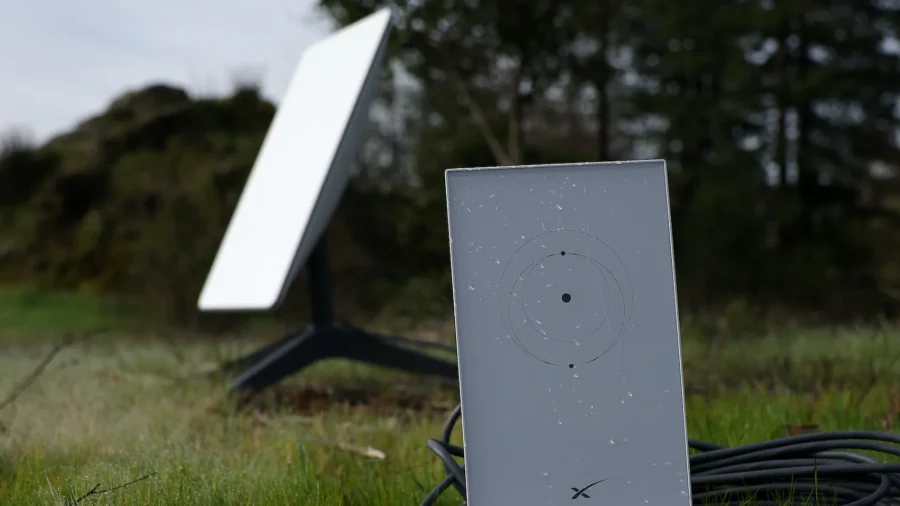The Federal Communications Commission (FCC) on Wednesday approved a collaboration between SpaceX’s Starlink division and T-Mobile to provide cell service to customers.
The approval licenses the partnership to provide supplemental internet coverage from space, extending coverage to areas unreachable by traditional cellular networks.
The partnership, first announced in 2022, is the first instance where the FCC has authorized a satellite operator to work in tandem with a wireless carrier. The operation utilizes flexible-use spectrum bands, typically reserved for terrestrial service.
FCC Chair Jessica Rosenworcel told Reuters: “The FCC is actively promoting competition in the space economy by supporting more partnerships between terrestrial mobile carriers and satellite operators to deliver on a single network future that will put an end to mobile dead zones.”
The initiative gained momentum in January when SpaceX launched its first set of satellites in support of the partnership into low-Earth orbit using its Falcon 9 rocket. The satellites are equipped with direct-to-cell technology and designed to integrate with T-Mobile’s existing network infrastructure.
“Today’s launch is a pivotal moment for this groundbreaking alliance with SpaceX and our global partners around the world, as we work to make dead zones a thing of the past,” Mike Katz, president of marketing, strategy and products at T-Mobile, said in a statement at the time.
In September, T-Mobile highlighted the need for the project, revealing a new emergency alert system via satellite capable of reaching over 500,000 square miles of the United States that are unreachable by traditional cell towers due to issues such as challenging terrain and land-use restrictions.
To prevent the service from interfering with other networks’ service speed, the FCC established new rules in March to facilitate the new coverage from space, requiring it not to interfere with high-quality 4G and 5G services.
The partnership has already aided in real-world scenarios after the FCC permitted SpaceX and T-Mobile last month to activate Starlink satellites with direct-to-cell capability to provide emergency coverage in areas of North Carolina severely impacted by Hurricane Helene.
T-Mobile outlined their plans in a post on X on Wednesday.
“Our goal is to provide customers with a critical layer of connectivity when they need it most giving them the ability to stay in touch with friends and family as well as contacting emergency services if needed via text. Voice and data are being pursued next, stay tuned for more details on timing,” the company stated.
Ben Longmier, senior director of satellite engineering at SpaceX, thanked T-Mobile and other partners who collaborated on the project, including NASA, the National Telecommunications and Information Administration, and the National Science Foundation.
“We hope to activate employee beta service in the US soon,” he said in a post on X.
Longmier also said in a separate post on X that the technology “can completely eliminate cellular dead zones for their entire country for text and data services,” including “coastal waterways and the ocean areas in between land for island nations.”

